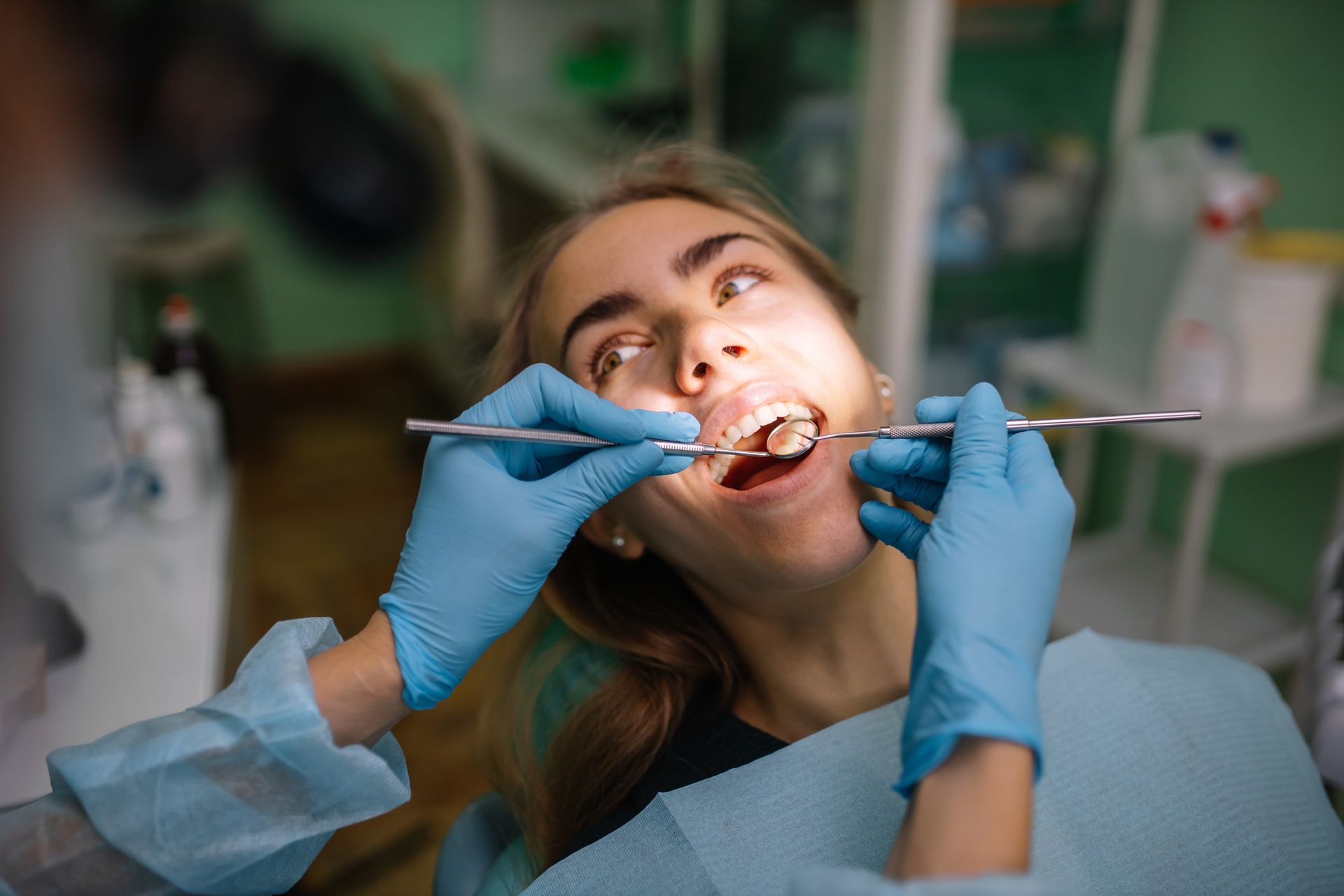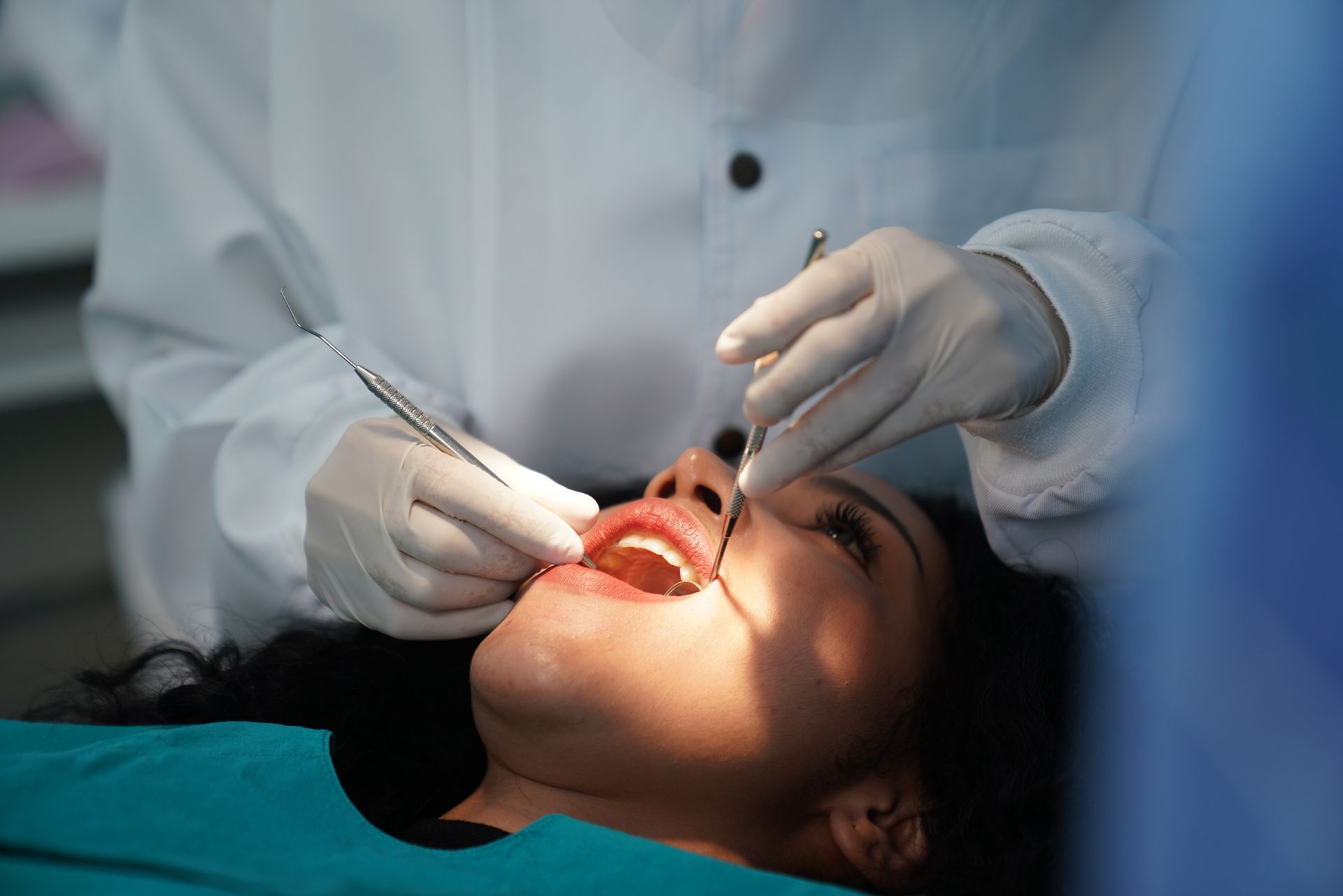Dental Crowns: Types and Uses
Your teeth can display amazing strength and durability, thanks largely to the mineral-based layers of enamel that protect the softer inner tissues against harm. However, enamel can fall prey to decay or breakage, causing toothaches and raising the risk of serious infections. Dental crowns can repair this kind of damage.
If you need some form of dental restoration, the sheer number of restorative options that involve dental crowns may surprise (or confuse) you. Take a look at some common types of crowns and crown-based procedures that can restore your dental function, improve your smile, and protect your teeth against future damage.
Temporary Crowns
Unless you seek out a dental office that specializes in same-day permanent crowns, you'll most likely receive a temporary crown while a dental laboratory creates your permanent crown. The dentist shapes the tooth to receive a crown, takes impressions of the new shape, and sends those impressions to the laboratory.
The temporary crown won't match your bite as precisely as its permanent replacement, but it will allow you to eat and talk while protecting the prepared tooth against infection. Chew carefully, however, because the adhesive that secures a temporary crown can give way under excessive pressure.
Permanent Crowns for Damaged Teeth
Permanent crowns can reinforce teeth that have developed chips, cracks, or other structural weaknesses, preventing them from breaking into pieces. They can also restore a tooth that has already broken. If you undergo root canal therapy, the treated tooth may need a permanent crown to fill the hole made during the procedure.
Once you've had your temporary crown replaced with a permanent crown, you should enjoy many years of reliable, comfortable chewing from the new restoration. Modern ceramics, porcelain, and zirconia composite materials can look just like natural teeth, while traditional metals such as gold offer optimal strength for molars.
Crowns That Support Dental Bridges
Some crowns serve as anchors for another form of dental restoration known as a permanent bridge. A typical permanent bridge consists of one or more artificial teeth attached to abutment teeth on either side of the gap in your smile. Permanent crowns on these teeth help to hold the rootless artificial teeth in place.
You might need a crown to support each end of the bridge, or just one crown to support a single artificial tooth. However, not all permanent bridges require you to undergo the process of getting your teeth shaped and fitted for permanent crowns. For instance, a Maryland bridge relies on tooth bonding instead of crowns.
Crowns Attached to Implants
You may have heard about dental implants as the state-of-the-art dental technique for replacing lost teeth. The implants feature threaded metal posts that the dentist surgically installs in the jawbone. The surrounding bone grows into the threads, anchoring these artificial roots for a lifetime of secure chewing function.
The bone growth and healing involved in dental implantation can take several months. During the last few weeks of healing, your dentist will top your implant with a temporary crown. Once you've completed the healing process, the dentist will remove the temporary crown and replace it with a permanent crown.
Crowns can attach to dental implants in two primary ways. Cement-retained crowns offer a one-time attachment that should hold up for many years with proper care. Screw-retained crowns feature a hole in one side of the crown that accommodates a fixation screw, allowing the dentist to remove and replace the implant if necessary.
Henderson Family Dentistry can advise you on whether you need a dental crown for a particular procedure and then install that crown with professional skill. Contact our dental office today to schedule an appointment.









